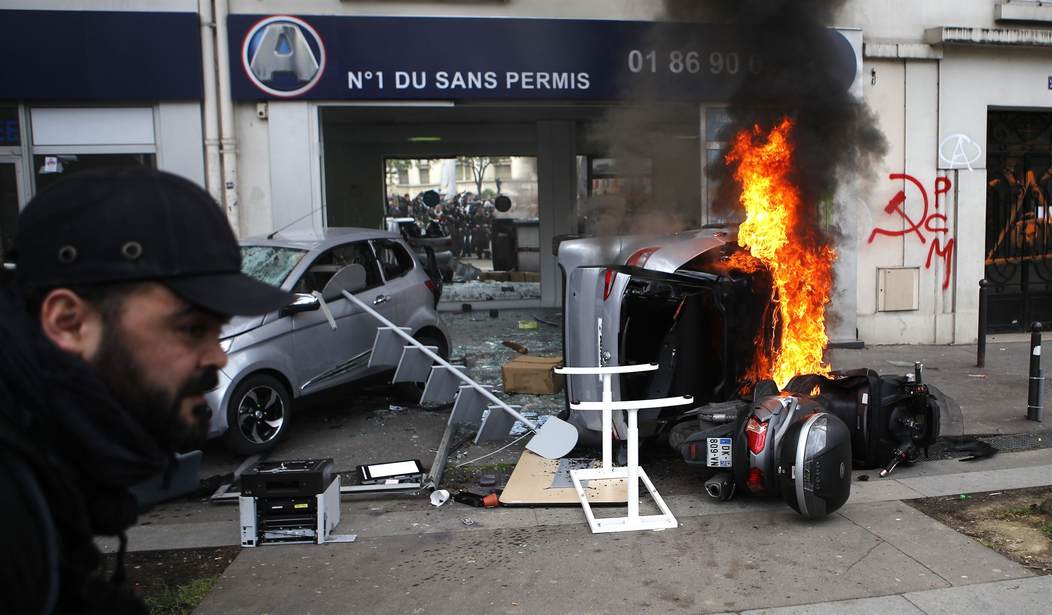Top News
Idalia exposes yet another problem with EVs

Imagine this disturbing scenario for a moment. You live in Florida and received plenty of dire warnings about the approach of Hurricane Idalia. But your house is a little way uphill and the storm surge wasn’t quite as bad as some had predicted. You manage to get by with only some minor flooding at your place and once they get the power back on you should be able to start cleaning up. But two days after the storm, you walk outside only to find your car going up in a massive fireball. Just what you needed, right? But what went wrong? How did this happen? Well, you decided to listen to Joe Biden and bought yourself one of those fancy new electric vehicles. And it turns out that EVs and salt water don’t get along. In fact, that combination can cause the EV’s batteries to explode into flames. (The Weather Channel).
Some electric vehicles in Florida are bursting into flames after coming into contact with saltwater. Residual saltwater particles left behind on flooded batteries and battery components can conduct electricity, resulting in short circuits and eventual fires. Safety officials are urging EV owners with vehicles that flooded to take action now as fires can ignite weeks after flooding.
The local ABC News outlet published the following report that shows video footage of not one but two Teslas that burst into flames days after the flooding was over. One of them isn’t even recognizable.
There is a video on the linked Weather Channel page that’s really worth a look. It offers some of the same warnings to owners of EVs. “Anyone whose EV came into contact with salt water during Idalia should move their vehicle out of the garage immediately.”
Owners were being warned to move their EVs at least fifty feet away from any structure. That’s how serious of a fireball can be created. Authorities said that the fires don’t happen immediately, but tend to break out several days or even up to two weeks later. Apparently, as the salt water dries up it can leave behind a trail of salt that can form a “bridge” between the terminals of the EV’s batteries. And if that causes the electricity to arc across, your battery is burning and you’re off to the races.
When Tesla, Ford, and everyone else were designing these vehicles, how did nobody anticipate this? Did it never occur to them that sometimes cars get wet? And if people live near the ocean, did anyone point out that they might be exposed to salt water, occasionally deep enough to come up to the wheel wells? (The batteries in EVs tend to be down near the bottom of the car.)
Apparently, that’s all it takes for an EV to turn into a potentially deadly fire hazard. Is that what happened to that cargo ship full of EVs that went up in flames? I wonder if some of the ocean salt water spray got onto them and drained down into the battery compartment. Considering what these cars cost, you might expect them to be a bit more durable than this and less prone to turning into fireballs. But don’t worry. I’m sure the government will come up with a new round of subsidies via your generous tax payments to replace those cars.
And speaking of generosity, we very much appreciate the generosity of those of you who have signed up for one of our VIP programs and received expanded access and bonus content. For anyone else who may be interested, but sure to use the promo code SAVEAMERICA when signing up to land yourself some hefty savings. Thanks!
Read the full article here


















